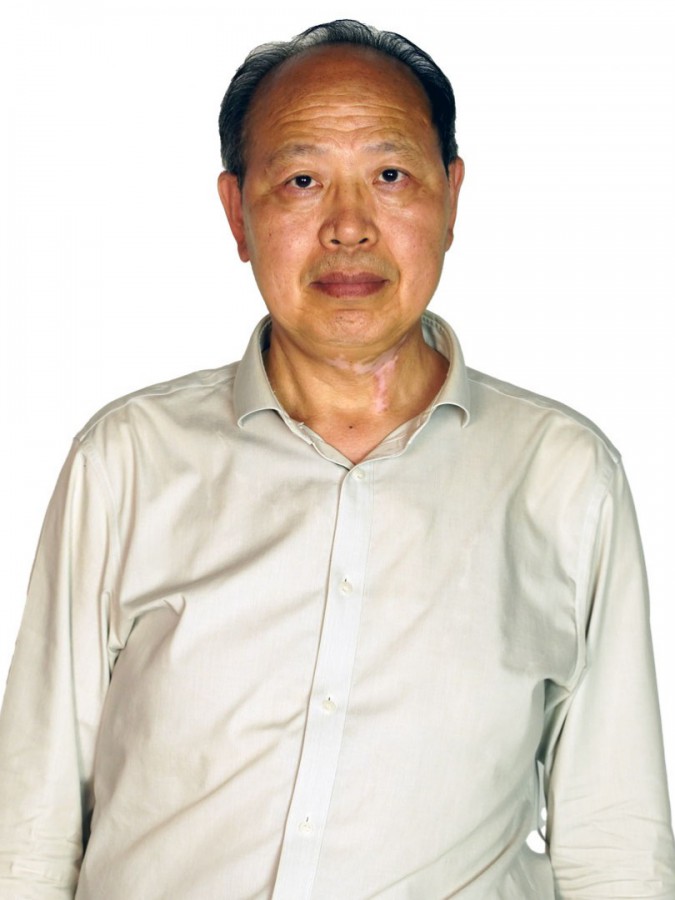abstract
Ternary europium complex Eu(tta)(3)phen was covalently bonded with the general mesoporous. material SBA-15 and SBA-15-type of periodic mesoporous organosilica (PMO) material via impregnation of Eu(tta)(3)center dot 2H(2)O into phen-S15 and phen-PMO, respectively, through a ligand exchange reaction. The parent materials of phen-S15 and phen-PMO were synthesized by co-condensation of tetraethylorthosilicate (TEOS) or 1,2-bis(triethoxysilyl)ethane (BTESE) and the functionalized chelate ligand 5-(N,N-bis(3-triethoxysilyl)propyl)ureyl-1,10-phenanthroline (phen-Si) in the presence of Pluronic P123 surfactant as template, which were confirmed by SEM, XRD, FTIR, Si-29 CP-MAS NMR, and N-2 adsorption measurements. The photophysical properties of the hybrids, such as the photoluminescence (PL) spectra, PL intensities, symmetry properties, luminescence decay times, and Judd-Ofelt parameters, were investigated in detail. Compared to the sample of Eu(tta)(3)phen-PMO, the mesoporous hybrid material Eu(tta)(3)phen-S15 exhibited longer luminescent decay time and higher luminescence intensity, emission quantum efficiency (q), and absolute quantum yield (Phi), which were quantitatively stressed by the emission spectra and the calculated values of q of Eu3+ ion. Meanwhile, the result of thermal treatment demonstrated that the europium complex in Eu(tta)(3)phen-S15 material possessed a better thermal stability than that in Eu(tta)(3)phen-PMO. The above photoluminescence and thermal stability features indicated that SBA-15 is a better host material for lanthanide complex than SBA-15-type PMO material.
keywords
BETA-DIKETONATE COMPLEX; NEAR-INFRARED LUMINESCENCE; HYBRID MATERIALS; EMISSION-SPECTRA; WATER-MOLECULES; LIQUID-CRYSTALS; ORGANIC GROUPS; SILICA MATRIX; THIN-FILMS; LARGE-PORE
subject category
Chemistry; Science & Technology - Other Topics; Materials Science
authors
Guo, XM; Guo, HD; Fu, LS; Deng, RP; Chen, W; Feng, J; Dang, S; Zhang, HJ
our authors
acknowledgements
This project is financially supported by the National Natural Science Foundation of China (Grant Nos. 20490210, 206301040, and 20602035) and the MOST of China (Grant Nos. 2006CB601103 and 2006DFA42610). L.F. expresses his gratitude to the FCT of Portugal for the financial support of this work.


